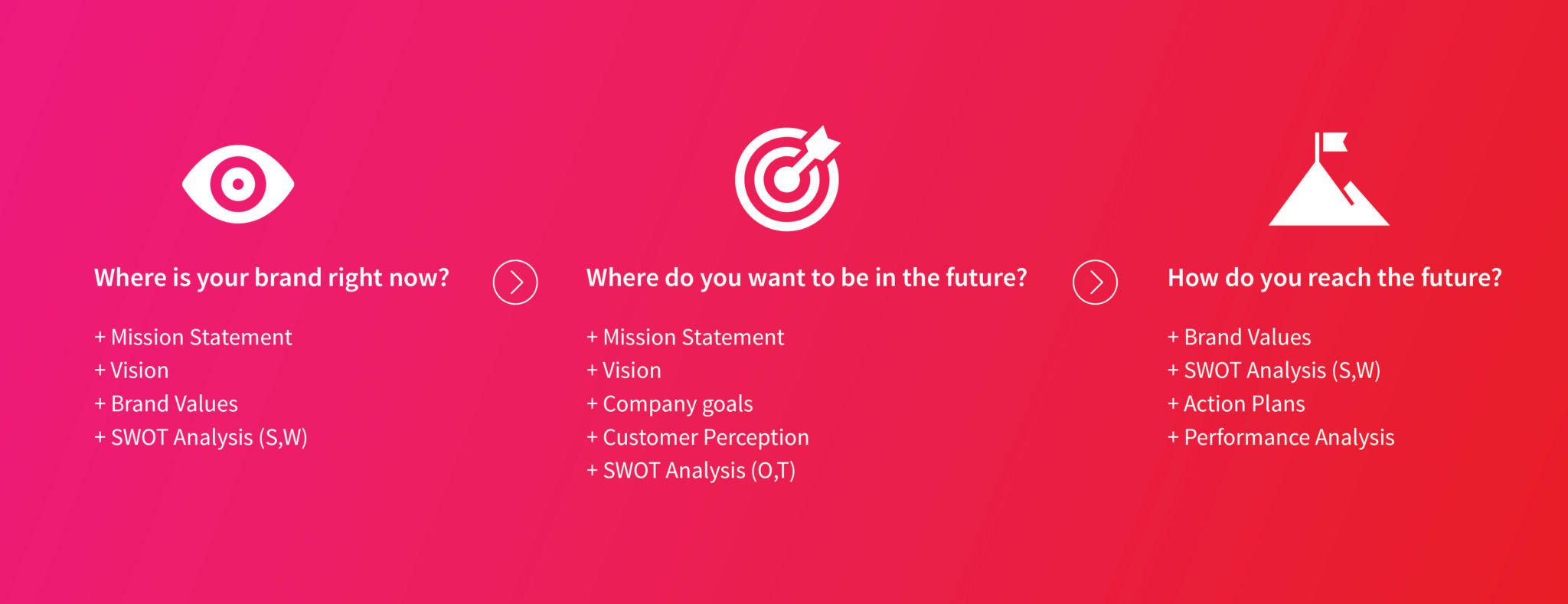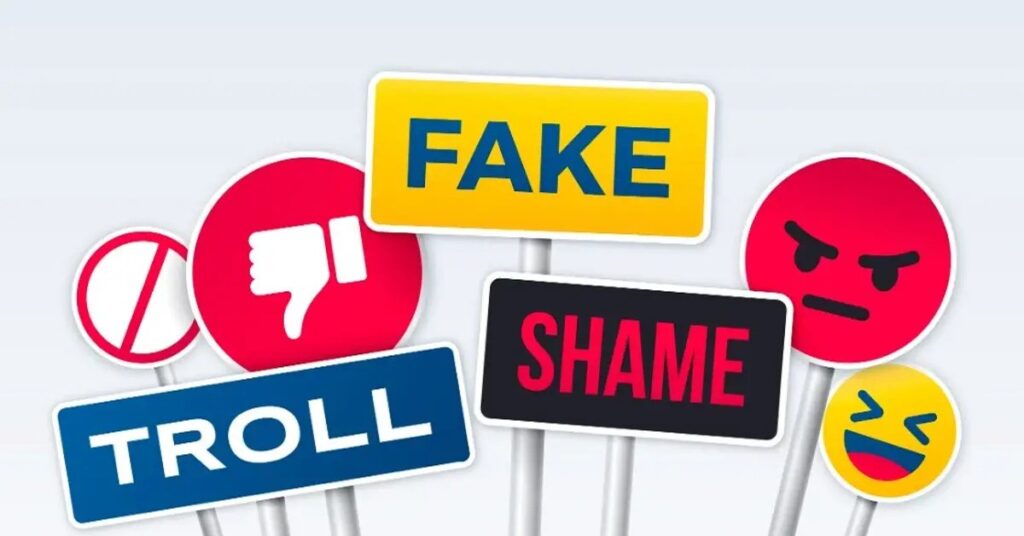Brand strategies come in all shapes and sizes. Designing one that fits your brand and company goals is one of the most rewarding and profitable assignments you can engage in. You already know why a brand strategy is important. Your next step will be to formulate a compelling brand strategy. Although every company follows a slightly different path, we are providing here a list of essential steps to create the perfect road map to reach your brand objectives:

Where is your brand right now?
Have a look at your mission statement, vision and values. What does your brand stand for or believe in? This should be the backbone on which you develop your strategy.
Carry out a SWOT analysis. This gives you a feel of your brand’s current strategic position. Start by conducting an honest internal audit of your brand’s strengths (S) and weaknesses (W) and a realistic study of its external opportunities (O) and threats (T).
Review the data you have collected. Try answering the following questions about your brands:
- Where is your brand right now? Look at what your customers and employees are saying about your brand. How do you compare to other brands in the market?
- Do you have a long-term goal for your brand? To what extent has your brand achieved this goal? Have you been following a plan or just been going along with the market?
- Which of your brand strengths can you leverage? Which of your brand weaknesses are an obstacle to reach your true brand potential?
Having answered the following questions, you can now move on to the next stage in creating a brand strategy.

Where do you see your brand in the future?
This is a forward-looking stage in brand building. There are quite a few factors to consider when deciding on the goals for your brands. Just as in the first step, take a good look at your vision and mission statements. Your brand, just like any other part of your company, should be working towards the future you want to create for your company. Your brand objectives must be synchronised with your company goals. If you get stuck, try imagining what you would like to see differently in your organisation in a year’s time or in five years’ time. How will, say, increasing your brand awareness help achieve your company goals? If you cannot succinctly answer this, then most probably increasing brand awareness is not the ideal brand objective that fits into the bigger corporate picture.
Your brand goal is to ultimately make your customers view your brand in a particular way. You should be able to answer how your brand being perceived in this specific way will help you reach your company mission and vision.

How can you reach your brand goals?
This is the stage where you use your company values as a guideline to reach your brand goals. An ideal strategy matches your company’s strengths with external opportunities and provides value to your customers at the same time.
Your strategy might be to differentiate your brand from competitors based on certain product qualities or technological factors. Which factor you choose to build your sustainable competitive advantage might depend on your brand strengths, current market demands or trending opportunities. This is where the SWOT analysis you carried out in the first stage comes in handy.
Break up your brand goals into smaller objectives. These are like action plans which should state what, when and how to accomplish and who is responsible for completing. Your brand values should always underlie all these aspects of your short-term performance targets. Set quantitative and financial targets as well so that your brand meets any sales or revenue-related company objectives. List relevant key performance indicators to track your brand’s progress in meeting both short- and long-term objectives.
After all this strategizing, you need to make sure your plans are being properly implemented. Perhaps your chosen way of doing a task is more costly than expected or a certain campaign is not getting you enough leads. It is important to have frequent performance analysis to identify the gaps between actual and desired conditions. Actions to reduce these gaps should immediately be taken. This revision of your brand strategy means that strategizing is a dynamic process which does not have a fixed end.
No one will deny that creating a brand strategy is hard work. It does require time, effort and overall dedication from the company. However, the fruits of all these works, especially the changes in the brand awareness and customer perception, are hard to ignore. That is why we recommend that you spend as much time as you require to take all factors into consideration while designing your brand strategy.



